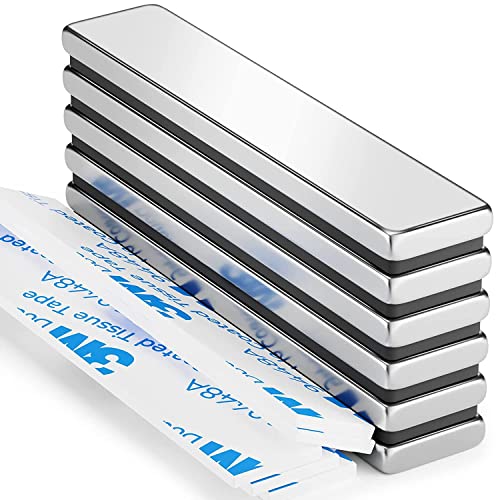Understanding Magnetic Permeability: The Basics
Magnetic permeability is an important concept in the field of electromagnetism, and refers to the ability of a material to conduct magnetic fields. It is defined as the ratio of the magnetic flux density to the magnetic field strength, and is typically denoted by the Greek letter mu (μ).
This concept is especially relevant in the design and operation of devices such as transformers, motors, and generators, as well as in applications such as magnetic levitation and magnetic resonance imaging (MRI).
The Significance of Magnetic Permeability in Electromagnetism
One of the key factors that determines the magnetic permeability of a material is the presence of magnetic domains, which are regions within the material where the atomic magnets are aligned in the same direction. Materials such as iron and nickel, which are ferromagnetic, have a high magnetic permeability due to the large number of magnetic domains present.
The magnetic permeability of a vacuum is defined as exactly 4π × 10−7 N/A2, which is used as a reference point for measuring the magnetic permeability of other materials. Different materials have different values of magnetic permeability, and these are often measured experimentally using techniques such as the Faraday method or the Hall effect.
Applications of Magnetic Permeability in Technology and Industry
The concept of magnetic permeability has many practical applications in technology and industry. In the design and operation of electrical equipment, such as transformers, it is important to choose materials with high magnetic permeability in order to minimize energy losses and improve efficiency.
Magnetic permeability is also important in the field of magnetic levitation, which is used in applications such as high-speed trains and maglev trains. In this context, materials with high magnetic permeability are used to create a magnetic field that can counteract the force of gravity and allow the train to levitate.
The Relationship between Magnetic Permeability and Magnetic Susceptibility
Magnetic permeability is often related to another important concept in electromagnetism: magnetic susceptibility. This is defined as the degree to which a material can be magnetized by an external magnetic field.
Materials with a high magnetic susceptibility are said to be paramagnetic, while those with a low magnetic susceptibility are diamagnetic. The magnetic permeability of a material is related to its magnetic susceptibility through the equation μ = 1 + χ, where χ is the magnetic susceptibility.
Magnetic Permeability in the Context of Magnetic Resonance Imaging
Finally, magnetic permeability is also important in the field of medical imaging, specifically in the context of magnetic resonance imaging (MRI). MRI uses strong magnetic fields to produce images of the body’s internal structures, and the magnetic permeability of different tissues and materials can affect the quality of these images.
In order to improve the accuracy of MRI images, materials with a low magnetic permeability, such as aluminum or copper, are often used in the construction of MRI machines to minimize the creation of magnetic artifacts that could affect the imaging process.






